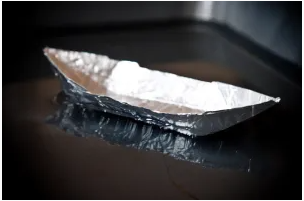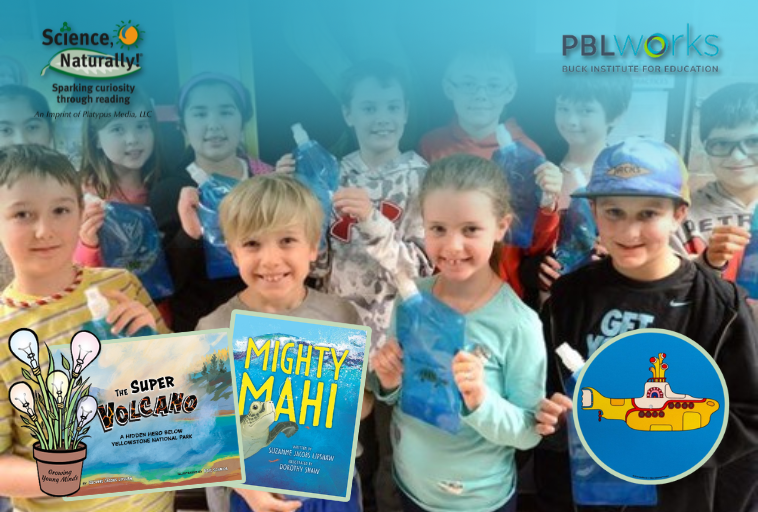About This Lesson
ENGINEERING – Try this experiment that can be used for science, engineering, or technology, or computer science.
Learning Objectives
Students will be able to:
- Communicate and collaborate with classmates in order to solve a problem
- Iteratively improve a solution to a problem
- Identify different strategies used to solve a problem
Education Standards
Next Generation Science Standards
Grades 3-5
- Engineering and Technology Content Standards ETS1
- 3-5-ETS1-2. Generate and compare multiple possible solutions to a problem based on how well each is likely to meet the criteria and constraints of the problem.
- 3-5-ETS1-3. Plan and carry out fair tests in which variables are controlled and failure points are considered to identify aspects of a model or prototype that can be improved.
- Cross-cutting concept
- Scale, proportion, and quantity
- Systems and system models
- Science Practices
- Planning and carrying out investigations
- Constructing explanations (for science) and designing solutions (for engineering)
- Obtaining, evaluating, and communicating information
Grades 6-8
- Engineering and Technology Content Standards ETS1
- MS-ETS1-2. Evaluate competing design solutions using a systematic process to determine how well they meet the criteria and constraints of the problem.
- MS-ETS1-3. Analyze data from tests to determine similarities and differences among several design solutions to identify the best characteristics of each that can be combined into a new solution to better meet the criteria for success.
Grades 9-12
- Engineering and Technology Content Standards ETS1
- HS-ETS1-2. Design a solution to a complex real-world problem by breaking it down into smaller, more manageable problems that can be solved through engineering.
- HS-ETS1-3. Evaluate a solution to a complex real-world problem based on prioritized criteria and trade-offs that account for a range of constraints, including cost, safety, reliability, and aesthetics, as well as possible social, cultural, and environmental impacts.
Writing Standards for Literacy in History/Social Studies, Science, and Technical Subjects
Grades 6-8
- WHST.6-8.1b Support claim(s) with logical reasoning and relevant, accurate data and evidence that demonstrate an understanding of the topic or text, using credible sources.
- WHST.6-8.2a Write informative/explanatory texts, including the narration of historical events, scientific procedures/ experiments, or technical processes. Introduce a topic clearly, previewing what is to follow; organize ideas, concepts, and information into broader categories as appropriate to achieving purpose; include formatting (e.g., headings), graphics (e.g., charts, tables), and multimedia when useful to aiding comprehension.
Grades 9-10
- WHST.9-10.2a Write informative/explanatory texts, including the narration of historical events, scientific procedures/ experiments, or technical processes. a. Introduce a topic and organize ideas, concepts, and information to make important connections and distinctions; include formatting (e.g., headings), graphics (e.g., figures, tables), and multimedia when useful to aiding comprehension.
Grades 11-12
- WHST.11-12.2a Write informative/explanatory texts, including the narration of historical events, scientific procedures/ experiments, or technical processes. Introduce a topic and organize complex ideas, concepts, and information so that each new element builds on that which precedes it to create a unified whole; include formatting (e.g., headings), graphics (e.g., figures, tables), and multimedia when useful to aiding comprehension



















